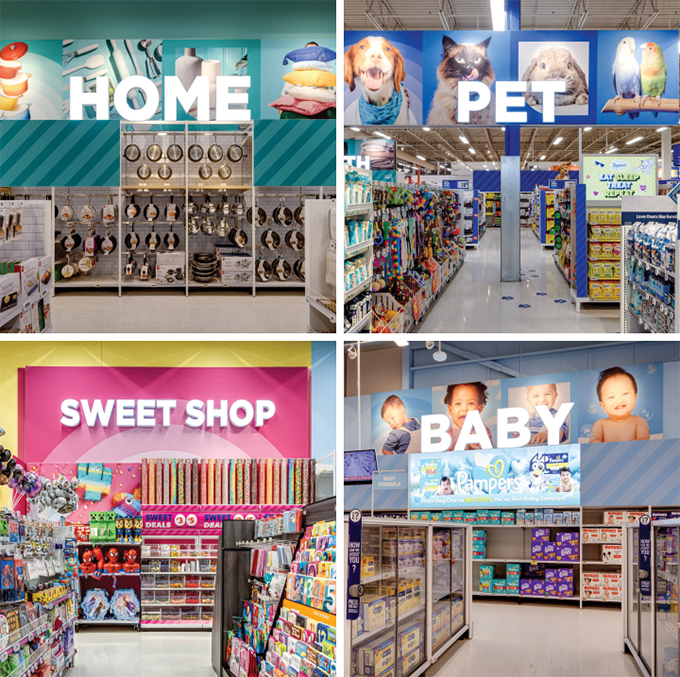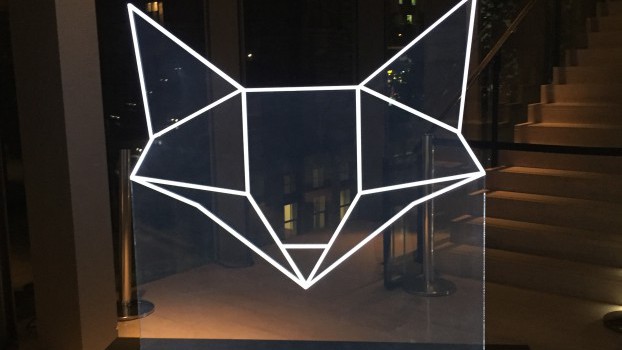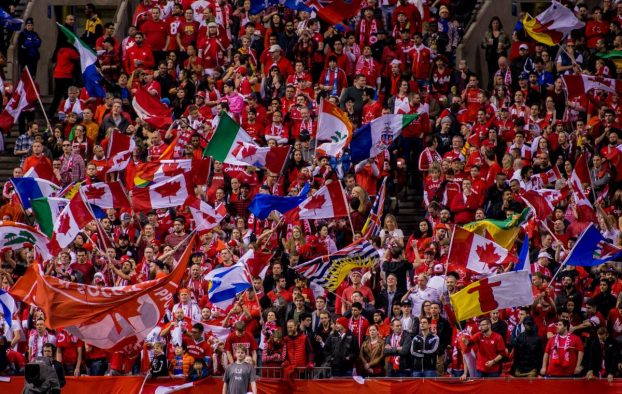
This story first appeared in the Summer 2025 issue of Strategy Magazine.
By Will Novosedlik & Jennifer Horn
Reporting to CMO Mary MacIsaac, Julie Pacheco is the VP of Loblaw Agency – the retailer’s in-house creative arm – where she oversees a 120-person team (plus a sizable freelance roster) responsible for everything from private label packaging and national campaigns to in-store radio and experiential programs. Her team supports product brands like PC and No Name, as well as banners such as Shoppers, No Frills, Real Canadian Superstore and Loblaws. Even though she’s probably one of the busiest execs at Loblaw, we found time to chat with Pacheco about the three lenses – creative bravery, speed and resource allocation – that guide her and the team’s work.
#1: Make room for creative bravery
“We have a new CEO, Per Bank, who came from Europe. When he arrived, he immediately saw potential in the right-hand side of our Real Canadian Superstore, where there are categories like health, beauty, home and entertainment. The space these categories took up wasn’t proportionate to the sales they were generating. So we started rethinking that area in three locations, two in Ontario and one in the Maritimes. For the beauty category, we brought in more exclusive brands and installed paper-mâché flowers. In the toy section, there’s a Lego bench for kids, a bulk candy wall and a Nerf gun display. It’s a completely different experience from what people expect in a Superstore. Per used to say, “I don’t even know if kids want to shop here,” and now they do. We worked on new colour palettes, photography styles, lighting and shelving. The goal was to warm it up and make it feel more modern and fun, sort of what you’d expect from Target. Sales jumped and customers even said they now come into the store on Saturdays just to hang out with their kids.
“What worked really well in this project was our creative bravery. We did things we haven’t done before. It was experiential. We knew that the customer was looking for a different experience on that side of the store. The goal was to have more customers coming there as a destination before shopping for groceries, to have them understand that our offering goes far beyond just food.”
#2: Move at the speed of relevance
“While the right-hand revitalization project took the better part of last year, our ‘Proudly Canadian’ signage had to happen in a flash. Speed was the lead priority for this one, and it required perfectly tuned resource allocation. We were briefed on a Monday and, within two weeks, signs were already going up in stores. It was a quick, reactive campaign and we had to be very organized to pull this off quickly.
“We made sure that it was very clear to our customers that we are a Canadian company. But the real complexity was in helping Canadians find other Canadian products. So we created the “T” for products that have tariffs, which you see on the electronic price labels. We’ve implemented things like aisle fins around the price tags on the Canadian products. We’ve provided explanations of what it means to have a product with a tariff and a cost increase. The digital team also did a “swap and save” program, where if you buy digitally, you can choose Canadian alternatives on the PC app.”
#3: Allocate time for inspiration
“Bravery requires inspiration. To be inspired you have to look beyond the daily grind and see what is going on in the world. So we do what I call “store days.” I ask the leadership team to go look at one of our stores every quarter. And then each person gets a store outside of our line of business. I’m saying go to Home Depot, a local specialty store, just go and see different things. And then they come back and share their top learnings.
“I ask the team to answer three questions: What did you see that’s working? What are the opportunities? And what surprised you? Then we have a group discussion. Some great learnings come from our own stores. For example, noticing inconsistencies, like colours looking different on the printed signage than what was designed, or realizing an execution didn’t land the way we intended. Someone who went to Farm Boy took inspiration from how local and homegrown it felt. That helps us when thinking about our own local farmers program. It’s a real eye opener. We need to focus more on doing those kinds of things.”























